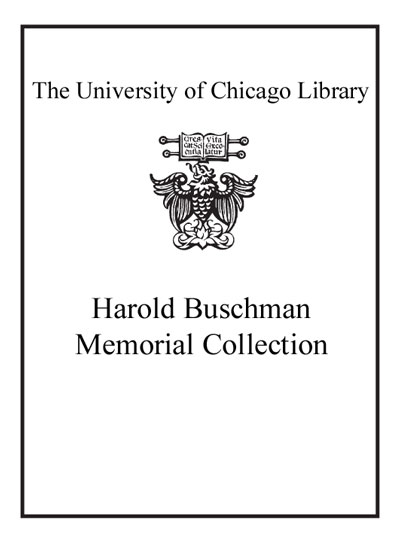| Summary: | A history of the 140 or so daughter houses of English monasteries, considering the reasons for their foundation and their everyday life.<br> <br> Although hundreds of dependent priories were founded across medieval Europe, they remain little studied and much misunderstood. Usually dismissed as just administrative units, many were in fact genuine religious houses set up forspiritual reasons. This study charts for the first time the history of the 140 or so daughter houses of English monasteries, which have always been overshadowed by the French cells in England, the so-called alien priories. The first part of the book examines the reasons for the foundation of these monasteries and the relations between dependent priories and their mother houses, bishops and patrons. The second part investigates everyday life in cells, the priories' interaction with their neighbours and their economic viability. The unusual pattern of dissolution of these houses is also revealed. The experience of daughter houses sheds a great deal of light on the world of the smallreligious house, and suggests that these shadowy institutions were far more central to medieval religion and society than has been appreciated.<br> MARTIN HEALE is Lecturer in Late Medieval History, University of Liverpool.
|
|---|

